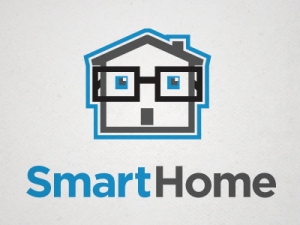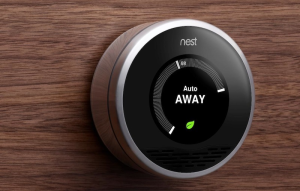Before going through the post, let’s have a look into the image below.

So, to make all of the above internet stuffs to active or alive, there exist one and foremost requirement.Yes, that’s the Electricity! But, who cares for that? It’s available all the time right? It seems to be available, but the actual scenario is something else. Let’s check the statistic given below.
“In India, 1 in every 3 watts generated at the Power station never reaches the light bulb in our house“.
And, if the wastage trend goes like this, by the end of 2020, there will be much scarcity of electricity across India. In fact there will be more power blackouts across the country.
The Problem
The problem with the current energy delivery system is it’s mainly one way supply of power , there will be no control over electric flow and the wastage is too much with the current transmission lines. However the system is ageing and its struggling to keep up with the exponential demand.
The solution
One of the possible solution for this problem is to make the energy delivery system intelligent. Instead of one way supply of power, there will be two way communication between the energy producer and the consumer. So here “SMART GRID” comes into the picture.
What is Smart Grid?
A smart grid is an electrical grid that uses information and communications technology to gather and act on information, such as information about the behaviors of suppliers and consumers, in an automated fashion to improve the efficiency, reliability, economics, and sustainability of the production and distribution of electricity.
Much in the way that a “smart” phone these days means a phone with a computer in it, smart grid means “computerizing” the electric utility grid. It includes adding two-way digital communication technology to devices associated with the grid. Each device on the network can be given sensors to gather data (power meters, voltage sensors, fault detectors, etc.), plus two-way digital communication between the device in the field and the utility’s network operations center
Smart Grid : A Japanese Case Study
The Smart Grid in Japan can be classified by two category. Those are Smart Grid ‘Before Fukushima’ and Smart Grid ‘After Fukushima’. Because, before Fukushima, most Japanese had never heard about smart grids, and of the small minority who knew what they were, their reaction was “Japanese do not need a smart grid”. This is because for decades in Japan there were very few power blackouts. So its hardly surprising that a smart grid wasn’t given high priority.
After Fukushima:
After the Fukushima earthquake, Japan’s energy situation obviously changed. People became more conscious about the smart grid technology. Though primary benefit of this is avoiding the power blackout, but there are other equal benefits like
1. Raising energy efficiency by shifting peak demand.
2. Increased use of renewable energy
3. Broader infrastructure for electric vehicles.
In late August, Japan’s Diet passed a clean energy bill, effective July 2012, that includes a European-style, feed-in-tariff plan requiring utilities to purchase renewable energy at fixed prices — including energy generated by solar-powered individual households.
Smart City: Along with the smart grid installation, Japanese are concentrating on Smart Cities plans, which are planned, energy-efficient communities that integrate environment-friendly power, transportation, and water supply systems utilizing advanced IT and other technologies. Worldwide, there is a huge potential market for building the infrastructure required for smart cities. The potential market through 2030 for transportation systems alone is estimated at $10 trillion, and for water systems it is $20 trillion.
Smart Home: One of the main highlight of Japan’s smart cities is the importance places on energy efficiency and power generation by the individual home, or smart home. Japanese use smart meters in their house to monitor or maintain the energy generation through solar panels batteries as well as home energy management.
Like Japan, many other countries are taken good interest in developing the Smart Grid technology across their region. But in India, the some of the challenges we are facing to implement the Smart Grid are power theft, low metering efficiency, inadequate infrastructure and lack of awareness and the huge investment to implement the entire smart grid infrastructure.
But, if we come up with a certain plan where we can incorporate a public private partnership to tackle these issues, it will be a huge benefit for the entire Indian smart grid ecosystem and which will make India an energy efficient country in the upcoming years.
Source: Wikipedia, Jetro, Ecolibriumenery


